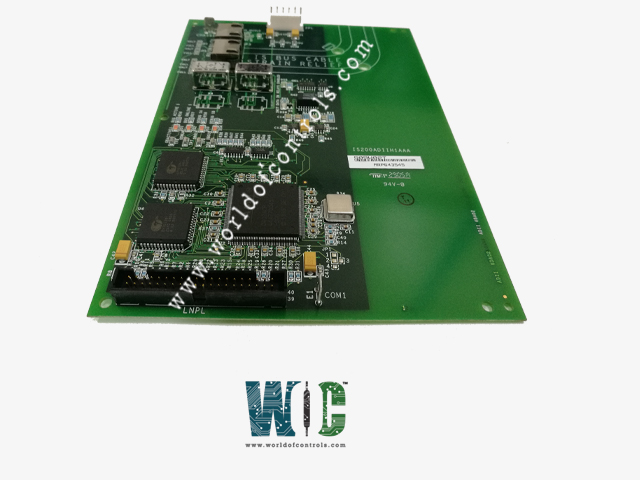
World Of Controls understands the criticality of your requirement and works towards reducing the lead time as much as possible.
IS200ADIIH1AAA - Auxiliary Drive to ISBus Interface Board is available in stock which ships the same day.
IS200ADIIH1AAA - Auxiliary Drive to ISBus Interface Board comes in UNUSED as well as REBUILT condition.
To avail our best deals for IS200ADIIH1AAA - Auxiliary Drive to ISBus Interface Board, contact us and we will get back to you within 24 hours.
Part No.: IS200ADIIH1AAA
Manufacturer: General Electric
Country of Manufacture: United States of America (USA)
Temperature: -30 to 65oC
Size: 10.16 cm wide x 33.02 cm high
Product Type: Auxiliary Drive Board
Availability: In Stock
Series: Drive Control
IS200ADIIH1AAA is an Auxiliary Drive Board developed by GE. It is a part of the control system. It serves as an Auxiliary Drive to the ISBus Interface Board, connecting an ISBUS Local Area Network (LAN) to the AC/DC2000 drive. It allows configuration via the local keypad on LDCCH1A or LDCCG1A, or through GE Control System Toolbox Software.
The Mark VI control system boasts a comprehensive suite of software automation tools designed to facilitate the creation of application software. These tools are internally developed and are pivotal in the selection and integration of proven GE control and protection algorithms. Through these tools, the software engineers can seamlessly incorporate these algorithms with the necessary input/output configurations, sequencing logic, and display functionalities tailored to each application's requirements.
The WOC team is always available to help you with your drive control requirements. For more information, please contact WOC.
What is IS200ADIIH1AAA?
It is an auxiliary drive board developed by GE under the Drive Control series.
Can the Auxiliary Drive Board be used in all AC/DC2000 drives?
No, it is specifically compatible with AC/DC2000 drives equipped with an LDCC (Lan Drive Control Card) board. It cannot be utilized with AC/DC2000 drives lacking this component.
How are configuration parameters managed?
Configuration parameters are stored within the drive and are automatically loaded during drive reset or power-up sequences. These parameters can be modified either using the GE Control System toolbox software or through the keypad interface attached to the drive.